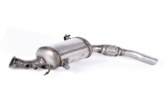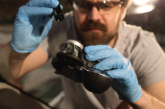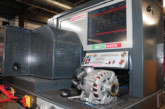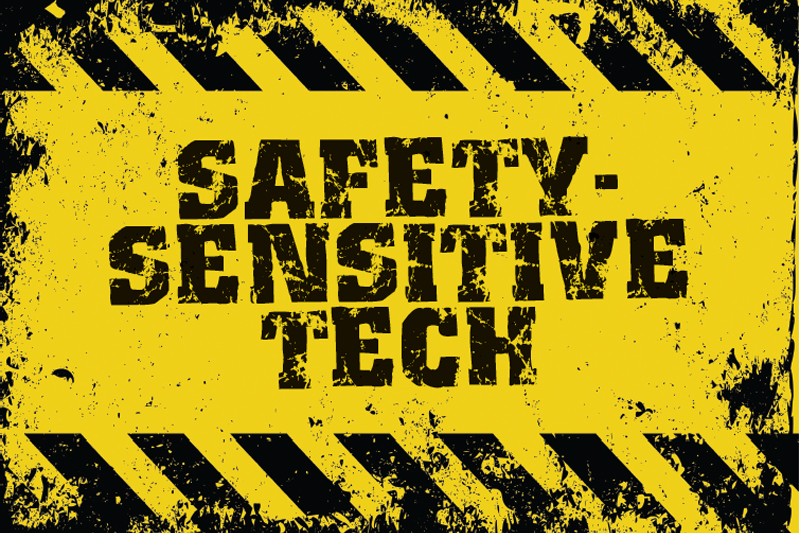
More car manufacturers are switching to EPDM rubber within vehicles as it offers longevity and quality. However, the material is sensitive to mineral oil and, when exposed to it over time, it will swell. Scott Irwin, Head of Technical Training at TMD Friction, discusses the dangers this poses and suggests the safest products for use on a vehicle’s brake and clutch system.
Swelling rubber can cause an array of problems, especially in the braking system. Rubber brake seals maintain pressure on the fluids within the brakes and are imperative in ensuring the safety of the driver and passengers when driving. If these seals fail, brake fluid could leak and compromise the pressure capacity, significantly decreasing the ability to stop the car.
The seals also prevent any potential contaminants entering the system. Contaminated brake fluid is extremely dangerous as it lowers the boiling temperature of the fluid and can change the way a vehicle reacts when braking.

This makes brake seals critical components that are found at the brake calipers, master cylinder and brake vacuum booster. They are created using specific materials that are able to resist brake fluids DOT 3, DOT 4, DOT 5 and DOT 5.1, but they’re not compatible with mineral oil.
So, how can these seals be properly maintained? Utilising a lubricant on the cylinder running surfaces, pistons and sealing elements can improve the integrity of the running surfaces and protect against corrosion. Using a paste can also facilitate the installation of hydraulic brake components, making it easier to work on this area of a vehicle.
More often than not, it will be a multipurpose grease that a technician reaches for to assist with this, which we have seen evidence of first-hand at TMD Friction. A lot of these will contain mineral oil or unspecified petroleumbased oil, and this negatively effects the integrity of the rubber, causing it to swell or crack over time.
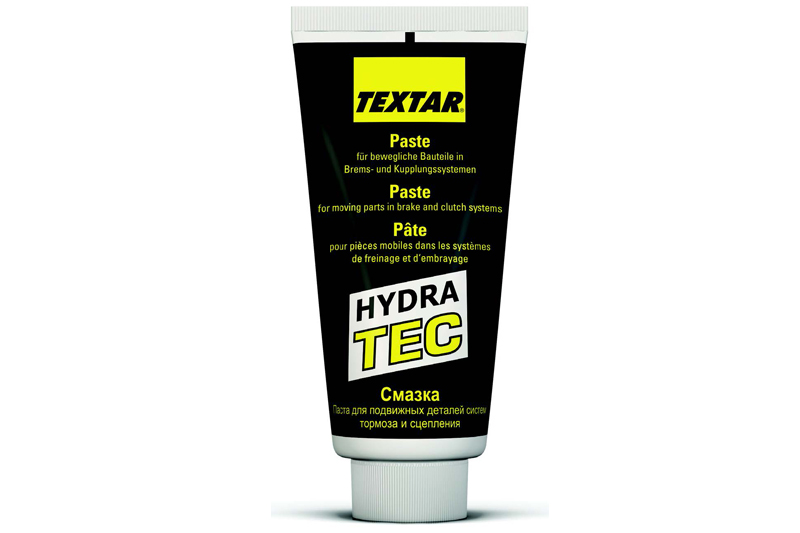
Hydra Tec, a new lubricant created by Textar, has been specifically designed for the components in a brake and clutch system, and is ideal for lubricating cylinder working surfaces. It’s compatible with EPDM rubber and commercially available brake fluids. The lubricant also protects working surfaces and other metallic components against corrosion thanks to its water-repellent properties. When utilized correctly, the formula prevents brake seizure, and keeps all elements protected and moving as required.
With so many options available on the market when it comes to lubricating sections of the clutch and braking system, it’s imperative to research the best product for the job. Mineral oil substitutes can cause seals to misshape and adversely affect the function of the caliper. This cannot be overlooked by technicians that have a customer’s safety at the forefront of their mind when working on brake systems.


